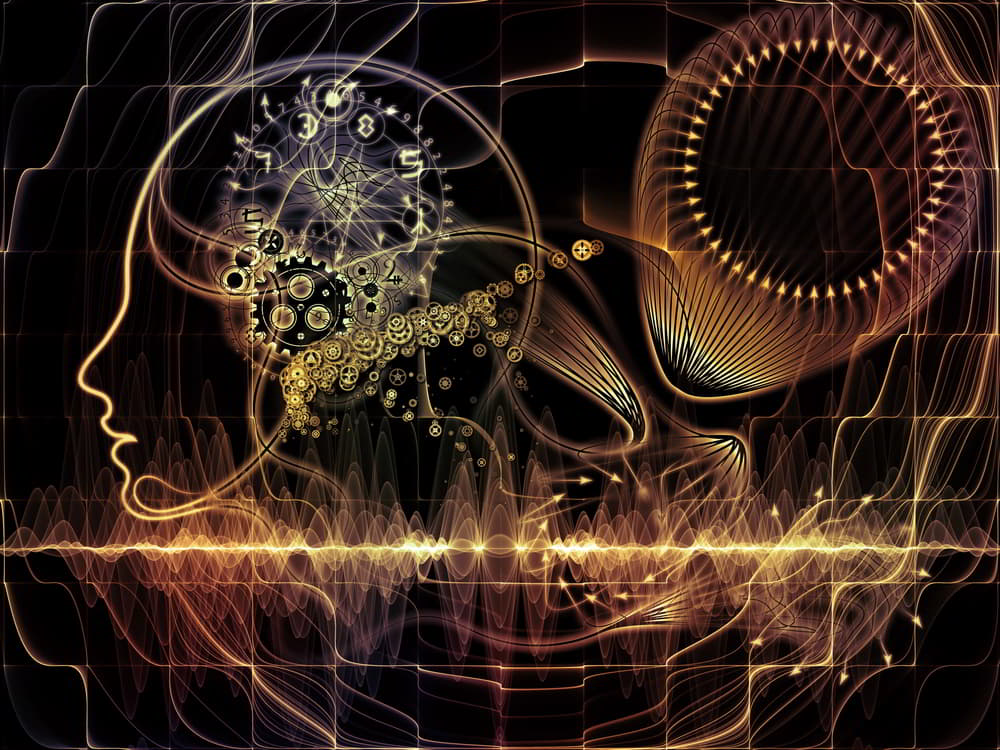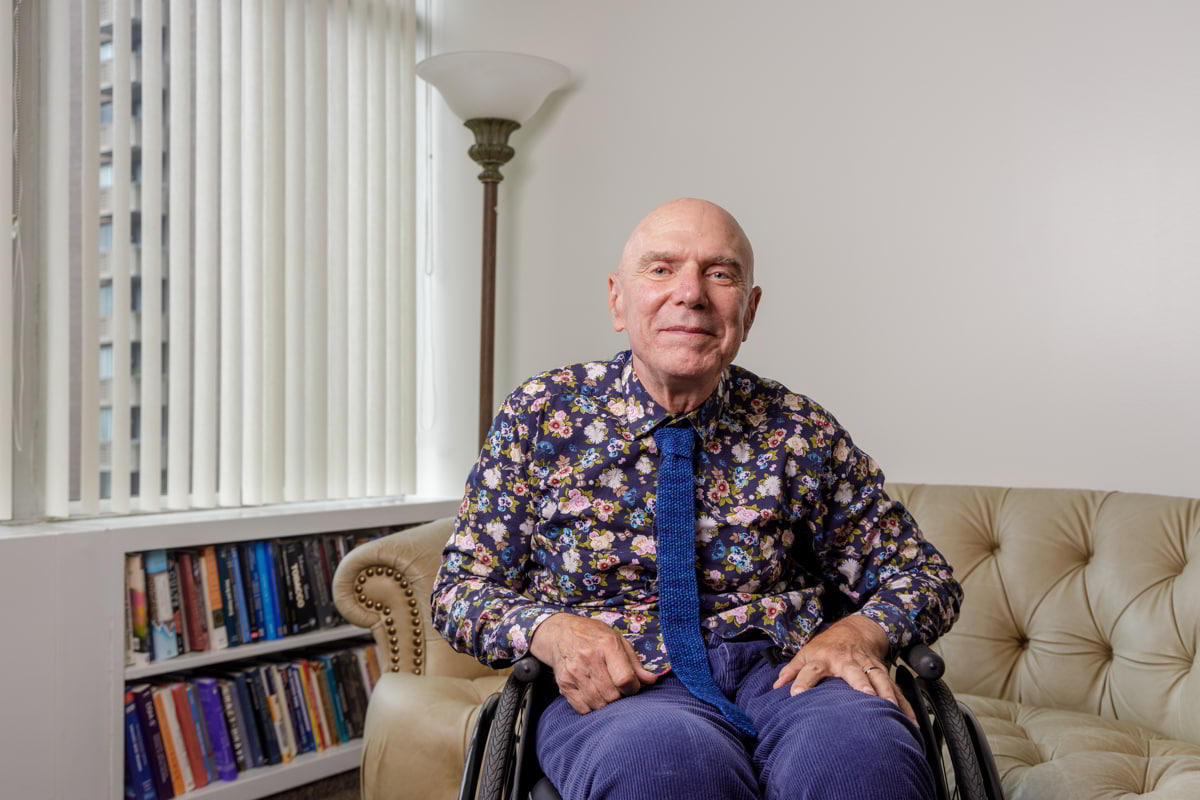
Treatment focuses on understanding and addressing intersecting neural and psychological issues within the protective context of human relationships. Extended evaluations, free association, and personalized remediation strategies are employed to support recovery.

Detoxification Redefined
The term “detoxification” is outdated; instead, we focus on returning to homeostatic functioning. Understanding the neurochemical imbalances caused by substances like alcohol, benzodiazepines, and opioids is crucial for effective detoxification and recovery.
Alcohol Detoxification
Our approach to alcohol detoxification is outpatient-focused, using medications like valproic acid and chlordiazepoxide to manage withdrawal symptoms safely and effectively. This method is faster, safer, and more cost-effective than traditional inpatient detox, with a high completion rate and strong therapeutic alliances formed through the process.
Benzodiazepine Detoxification
We have 100% success prescribing ten 25 mg pills of chlordiazepoxide and leaving it up to the patient when to take them. This method is supported by psychotherapy and close monitoring, leading to nearly 100% completion rates.
Opioid Detoxification
We give a single dose of buprenorphine immediately followed with low dose naltrexone twice a day starting with 0.1 mg.
Key Concepts in Neuropsychoanalytic Addiction Treatment
The Role of Opioid Tone
Opioid tone refers to the activation level of opioid receptors in the brain, crucial for emotional regulation and social bonding. High-functioning individuals maintain an optimal opioid tone without external substances, while those with low opioid tone, often due to trauma, may turn to opioids to alleviate emotional pain.
Understanding Drug Use and Stigma
The goal of drug use in addiction is often misunderstood. It’s not merely about getting "high" but about achieving a semblance of normalcy despite severe emotional distress. Recognizing this shifts the perspective from blame to understanding, helping to address the root causes of addiction more effectively.
Neuropsychoanalysis integrates psychoanalysis with neuroscience, much like how medicine uses biology as its foundational science. Neuropsychoanalysts move between psychological mechanisms and neural mechanisms, similar to how light can be viewed as both a wave and a particle. The goal is to help patients become conscious of their own thinking, making psychoanalysis an ideal tool for both treatment and systematic observation.
Thomas Insel, former director of the National Institute of Mental Health, emphasized the need for better approaches to mental illness beyond descriptive psychiatry. He introduced research domain criteria (RDoC), which classify mental disorders as biological disorders affecting brain circuits. However, neuropsychoanalysts do not adhere to RDoC due to its lack of solid foundation.
Key Contributors: Mark Solms: A psychoanalyst and neuropsychologist who, along with Jaak Panksepp, laid the groundwork for neuropsychoanalysis.
Jaak Panksepp: An animal researcher who, alongside Solms, emphasized the importance of dual aspect monism—two kinds of observation about human subjectivity, subjective reports, and scientific measurements.
Endorphins and Opioid-Induced Hyperalgesia (OIH): Opioids, such as oxycodone, are hormones produced in the brain with receptors throughout the body. When patients are given external hormones like oxycodone, the body's receptor system downregulates, leading to OIH—a condition where pain is amplified rather than relieved.
Comprehensive Evaluation: When a patient seeks help for addiction, the following factors are assessed:
"Emotional Regulation: Evaluating if patients use drugs to suppress feelings, particularly those linked to the PANIC, FEAR, and RAGE pathways.
Trauma: Screening for trauma using the Adverse Childhood Experiences scale.
Depression: Using the Hamilton Rating Scale for Depression (HRSD) to assess depression.
Cognitive Function: Assessing cognitive damage using the Modified Mini-Mental Status examination.
ADHD: Screening for ADHD with the ADHD Self-Report Scale and the DIVA interview.
Opioid Receptor Damage: Assessing damage with the Faces Pain Scale (FPS) and Cold Pressor Test (CPT).
Drug Dreams: Investigating whether the patient's SEEKING system has been overtaken by drugs.
Treatment Approach: Treatment focuses on understanding the intersecting and synergistic problems rooted in altered neural function, within the context of maintaining life through a web of human relationships. The goal is to refine this understanding through extended evaluations and remediation.
The Goldilocks Nature of Opioid Tone
Opioid tone refers to the level of opioid receptor activation, which must be "just right" for optimal function. Human contact typically increases opioid tone, but excessive contact can be painful, leading to withdrawal and the need for solitude.
Opioid Use and High Functioning
People with low opioid tone, often due to trauma, may find opioids to be a relief, allowing them to function better. However, opioid use masks deeper emotional problems, and the pursuit of normalcy through drug use can lead to further issues, such as stigma and addiction.
Stigma and the Narcissism of Codependence
Addiction is often misunderstood and stigmatized as a desire to "get high" for pleasure. However, drug use is frequently a desperate attempt to manage deep-seated emotional problems. Blaming individuals for their addiction is a form of narcissism that obscures the reality of their struggles.
Conclusion
Neuropsychoanalysis offers a unique approach to understanding and treating addiction by integrating the systematic observations of psychoanalysis with the scientific insights of neuroscience. Every treatment is an opportunity for discovery, challenging conventional approaches and offering hope for those struggling with addiction.
References
1. Johnson B, Mosri D. The neuropsychoanalytic approach: using neuroscience as the basic science of psychoanalysis. Frontiers in Psychology 2016;7. doi: 10.3389/fpsyg.2016.01459
2. Solms M., & Turnbull O. The Brain and the Inner World: An Introduction to the Neuroscience of Subjective Experience (1st ed.). Routledge. 2002
Detoxification: A Return to Homeostasis
Understanding Detoxification
The term “detoxification” is often misinterpreted. It’s not just about removing toxins but about helping the body return to its natural balance, a state known as "homeostatic functioning."
Alcohol Detox: Alcohol acts as an agonist to the GABA receptor, suppressing the body’s natural drivers like norepinephrine and glutamate. When alcohol is suddenly stopped, these drivers can surge, leading to severe withdrawal symptoms such as seizures and delirium tremens (DTs), which can be fatal if untreated. 78% completed detox in 3.5 hours or less and 97% completed detox.
Benzodiazepine Detox: Similar to alcohol, benzodiazepines like Xanax and Valium also affect the GABA system. Withdrawal can lead to prolonged seizures, sensory distortions, and extreme anxiety.
Opioid Detox: Opioids suppress natural bodily functions in the gut and brain, leading to severe withdrawal symptoms such as abdominal pain, nausea, vomiting, and insomnia when stopped abruptly.
Challenges of Conventional Detoxification
Conventional detoxification methods, often done in inpatient settings, involve significant risks and long hospital stays. Unfortunately, they often fail to address the underlying causes of addiction, leading to high relapse rates.
Neuropsychoanalytic Detoxification Approaches
Alcohol Detoxification
Dr. Johnson’s neuropsychoanalytic method is designed to be safe, humane, and efficient, typically completed within three hours:
Structured Support: A sober support person is required for all initial evaluations. The patient is carefully monitored from the start of the withdrawal process, with regular assessments of their vital signs.
Medication Management: Patients receive a carefully calibrated dosage of valproic acid and chlordiazepoxide based on their withdrawal symptoms, ensuring controlled detoxification.
Post-Detox Care: Patients are given disulfiram (Antabuse) to prevent relapse. Follow-up care includes ensuring proper hydration and regular contact with a clinician, reinforcing a strong therapeutic alliance.
Comprehensive Support: Patients have regular check-ins, supported by a sober companion, often a middle-aged child who assists in the detox process. The nearly 100% completion rate reflects the effectiveness of this approach.
Opioid Detoxification
Dr. Johnson’s approach to opioid detox focuses on repairing the damaged opioid receptor system:Buprenorphine Management: Patients start their detox in early withdrawal, with buprenorphine administered to quickly alleviate symptoms.
Low Dose Naltrexone (LDN):
LDN is used to repair the opioid receptor system, significantly improving pain tolerance and reducing withdrawal symptoms over three months. This is key to successful detox completion and reducing the likelihood of protracted withdrawal symptoms.
Case Example: A patient with a blood alcohol level (BAL) of 475 mg/dl, where 50% of people die at a BAL of 400, was treated with valproate loading after walking into the clinic. Despite the severe intoxication, the patient was managed effectively and returned to treatment after a brief hospital stay. One patient undergoing a third detoxification process filled prescriptions and disappeared, highlighting the challenges and unpredictable nature of addiction recovery.
Detoxification Outcomes
In most cases, detox is completed within 3 to 7 hours, significantly shorter than the typical 3-10 days in a hospital. Importantly, 100% of patients returned for aftercare, demonstrating the strength of the therapeutic alliance formed during the detox process.
Concepts Behind the Neuropsychoanalytic Approach
Understanding Opioid Tone: Dr. Johnson incorporates Jaak Panksepp’s discoveries into his treatment model:
Goldilocks Principle of Opioid Tone: Optimal opioid tone is achieved through human contact. When disrupted by trauma or drug use, this balance can be thrown off, leading to either too low or too high opioid tone, both of which cause discomfort.
Impact of Maintenance Therapy: Patients on methadone or buprenorphine maintenance often exhibit behaviors similar to those with autism, such as gaze avoidance and difficulty with emotional engagement, due to excessively high opioid tone.
Combatting Stigma and Misunderstanding: It’s crucial to understand the true motivations behind drug use:
High Functioning Despite Distress: Many individuals use drugs not to seek pleasure but to manage severe emotional distress, turning off feelings of FEAR, PANIC, and RAGE.
Addressing Stigma: It’s important to recognize that addiction is often a desperate attempt to manage unbearable emotional pain, not a mere pursuit of pleasure. Understanding this helps combat the stigma that surrounds addiction.
Case Study: A patient on buprenorphine maintenance reported hearing his wife and daughter playing in the next room but feeling no desire to join them, instead choosing to sit on the couch and watch television. This highlights the impact of excessive opioid tone on emotional engagement and relationships.